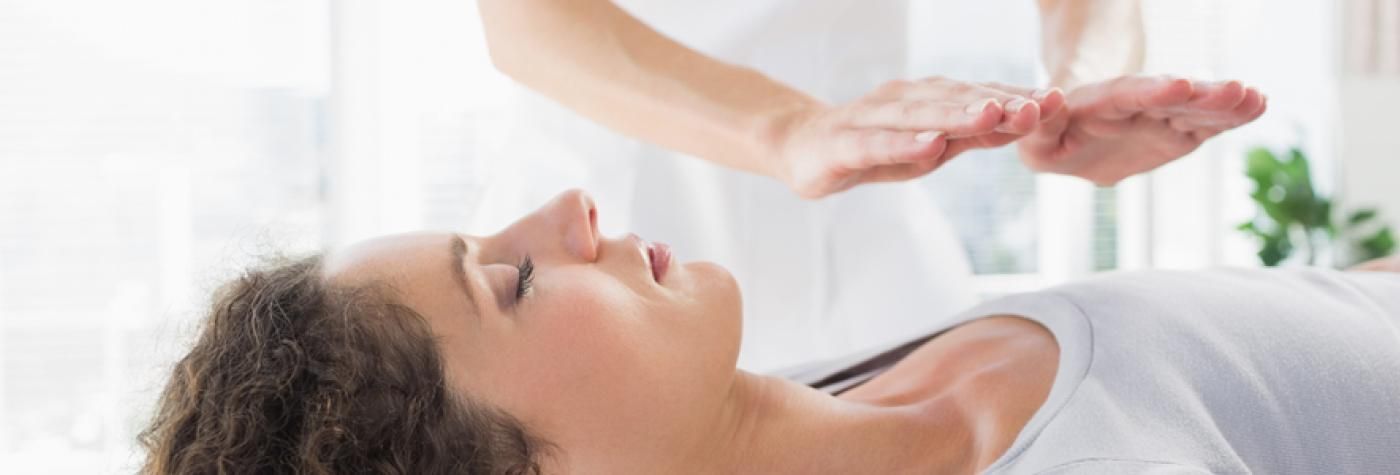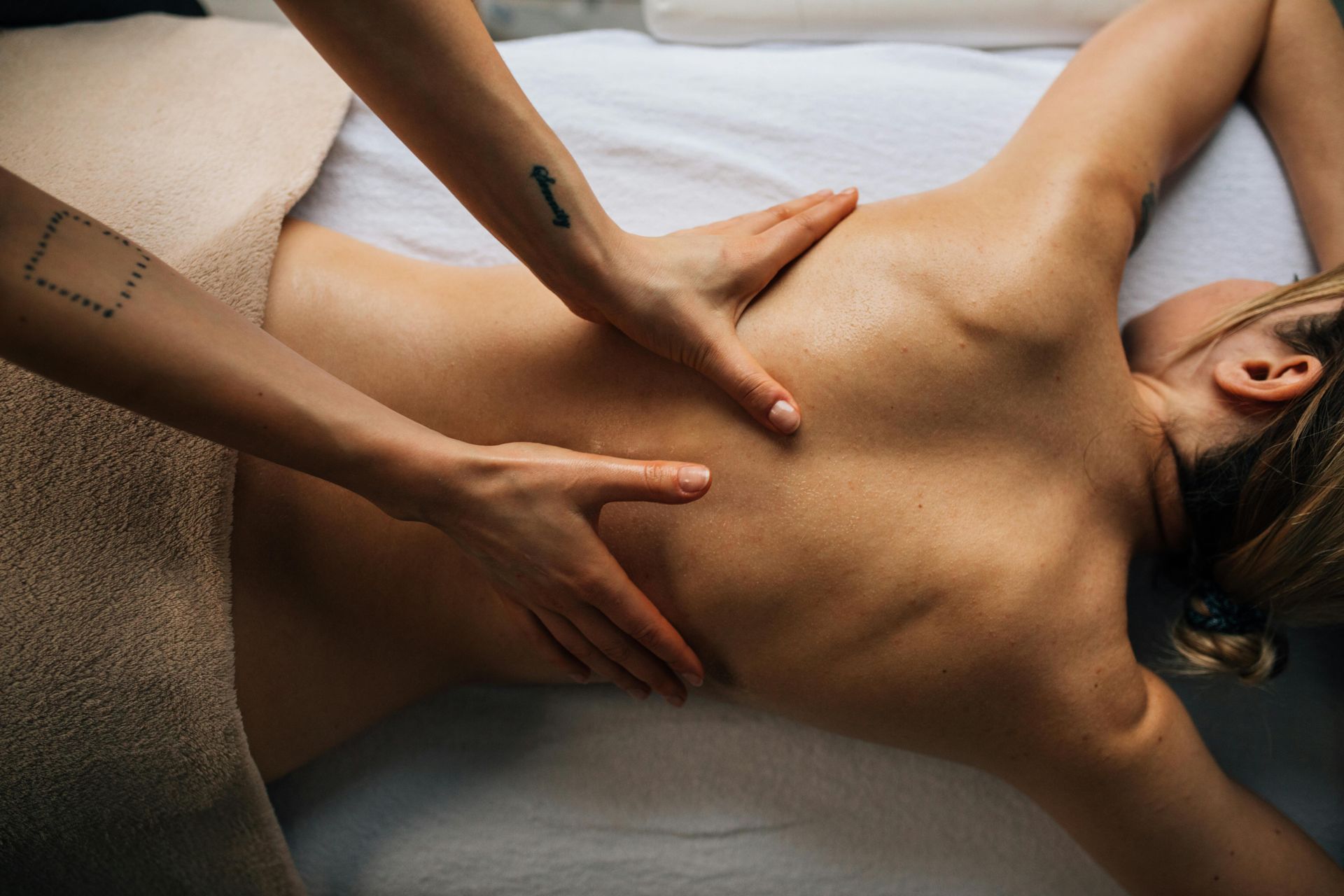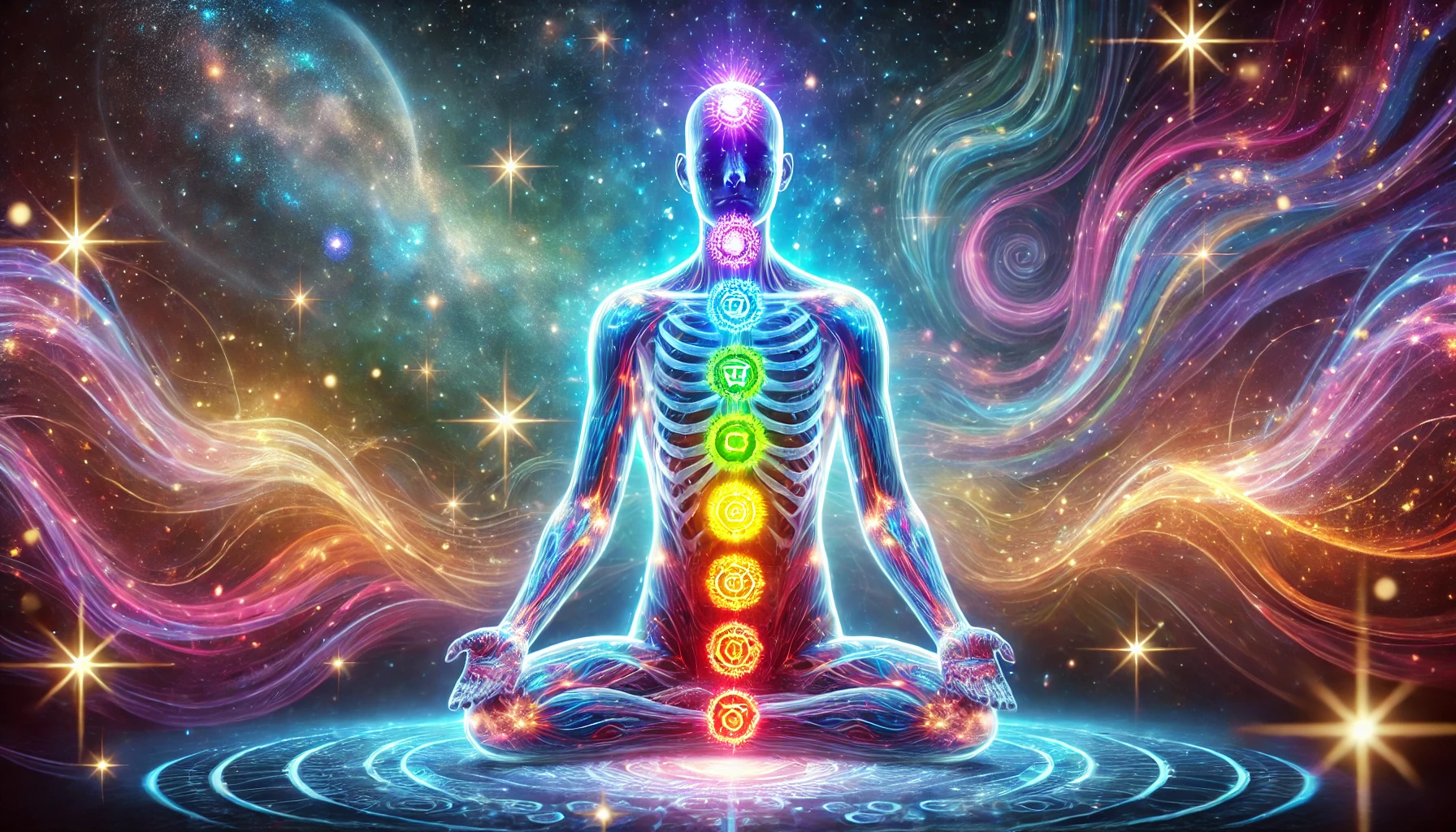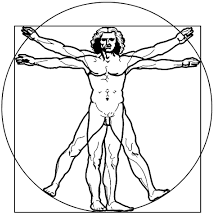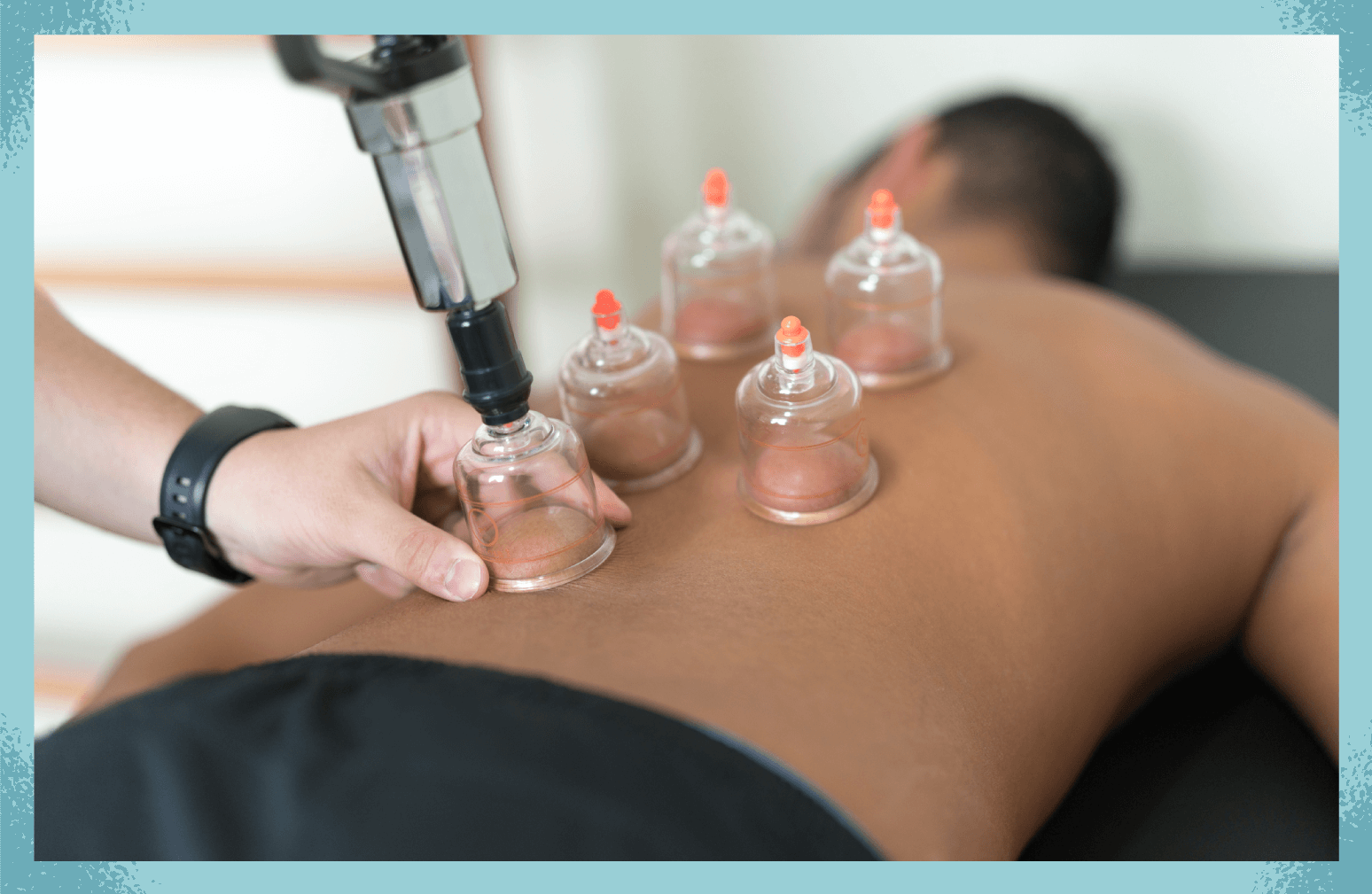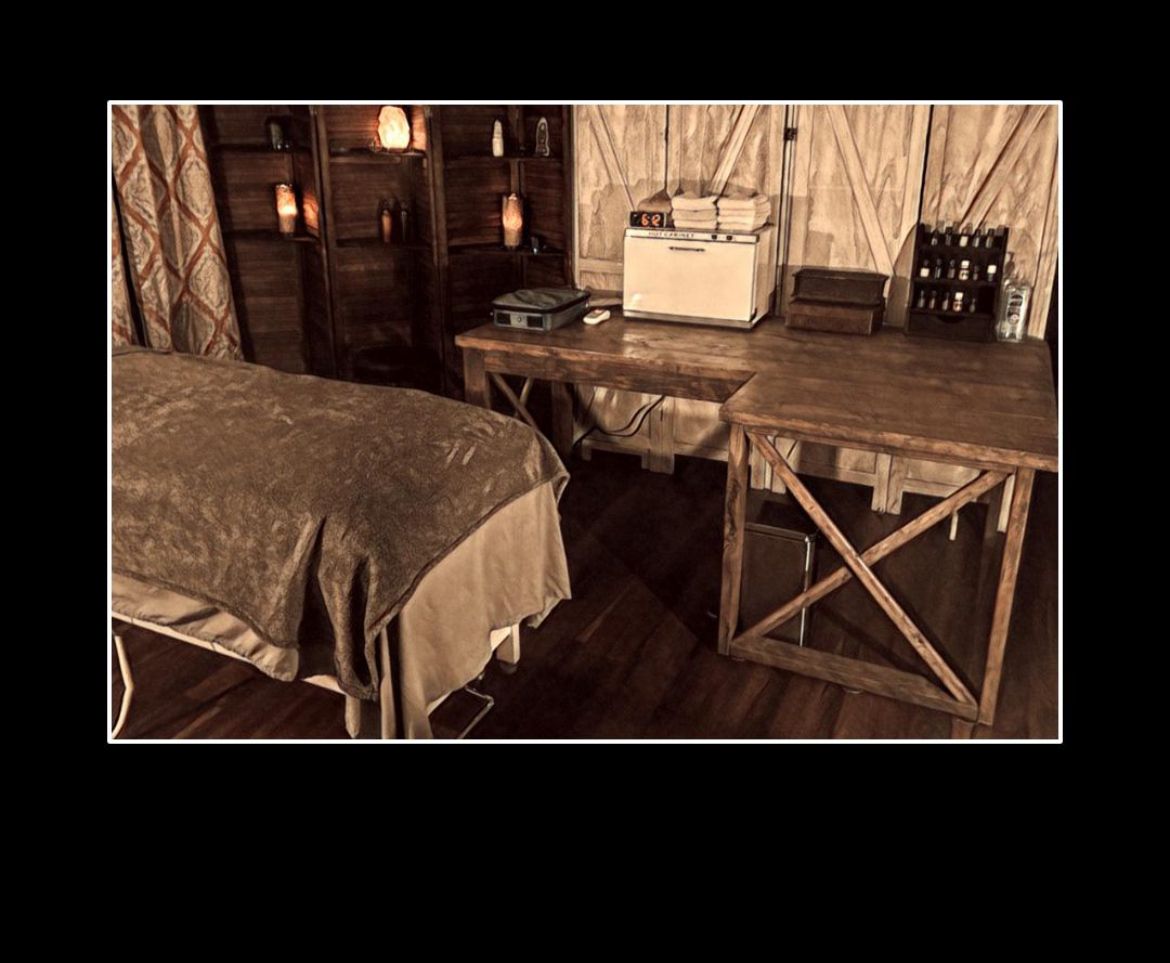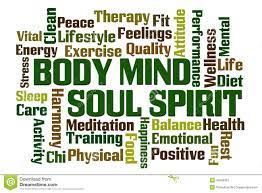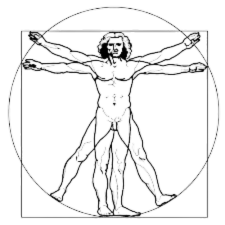6 Ways Cupping Therapy Improves Your Body
Learn the Ways Cupping Therapy Improves Your Body
Cupping therapy is a form of alternative medicine that has been practiced since the times of the ancient Egyptians and Chinese where it was used to treat many things such as back pain, muscle aches and even hypertension. It involves suctioning cups on the body which causes local blood circulation and toxins to be released. At Quantum Medical Massage and Hypnosis, cupping therapy is used in conjunction with many other treatments including Deep Tissue Medical Massage.
Cupping is done by creating a vacuum on the skin by heating the inside of cups and placing them on the body, causing cups to stick to your skin. Proponents say this practice helps remove toxins, relax muscles, and improve blood flow for better overall health.
1. Improve Muscle Tension
Cupping therapy is meant to be relaxing, but it could also help you get rid of some of the tension in your muscles. When you create a vacuum on the skin, it pulls down on the muscle tissue underneath. This gentle pulling can pull on sore spots and trigger muscles to release their tension.
2. Improves Circulation
Cupping therapy promotes blood circulation by opening capillaries and increasing red blood cell production. This results in better oxygenation of the body cells which improves your overall health and wellbeing. Blood flow helps deliver oxygenated blood and nutrients to all parts of the body including muscles, organs and skin cells. Therefore, it may help improve your complexion and make your skin look healthier. If you're an athlete who suffers from muscle aches during training or after a game, cupping therapy can be beneficial for you because it improves blood flow to the affected muscle groups.
3. Increases Energy Levels and Fat Burning
Studies have shown that cupping can increase energy levels because it increases blood flow to muscles and organs that need more energy. Some people use cupping as a form of relaxation, but it's also known to help increase your energy levels. By improving blood circulation, cupping can also boost your metabolism, helping you burn fat more efficiently.
4. Reduces Inflammation
By reducing inflammation and pain, Cupping therapy increases blood circulation throughout your body, including the muscles. As a result, you will feel less pain or stiffness in your muscles and less inflammation in your joints. This is why it is recommended that you try this treatment if you suffer from fibromyalgia or arthritis.
5. Stimulates Lymphatic Drainage
The suction pulls blood flow to the affected area which helps with pain relief and healing of the affected skin tissue. The suction also pulls out toxins from deep in the tissues so they can be discarded from the body. The suction created by cupping forces stagnant blood and toxins out of your body. The effect is similar to massage or acupuncture, but even more effective. As your blood and energy flow freely through the meridians in your body, you will feel lighter, healthier and happier.
6. Cupping Helps with Sleep Disorders
Insomnia affects millions of people around the world every day. It's characterized by trouble getting to sleep or staying asleep throughout the night. Trouble sleeping can be the result of stress, anxiety, depression or any number of other factors — and these factors affect people in different ways. Now, cupping therapy is shedding light on new ways to help people who are struggling with their sleep. If you find yourself tossing and turning at night, consider trying cupping therapy. The Mayo Clinic says that the pressure created by the suction can relax muscles and improve blood flow, both of which may help relieve insomnia.
Conclusion
I would encourage you to try cupping therapy at least once before judging it. It may be a bit painful at first, but the end results are worth it. Furthermore, if you have any of the above physical conditions, then I think that cupping is actually an ideal treatment for you. The benefits are clear, and I can personally attest to that. So if you’re looking for an alternative treatment that has roots in ancient Chinese medicine, then I encourage you to give cupping therapy a try. You may just find it works wonders on your body.
To schedule your first or next massage with Billy Kelley at Quantum Medical Massage and Hypnosis all you have to do is use his booking website or go to the homepage to find the link. Your mind and body will thank you.
PS: If you know of someone who could benefit from a massage with cupping therapy (and let's face it... we all know someone who could) go here to purchase a gift certificate to show them you really care!
Share Today!
